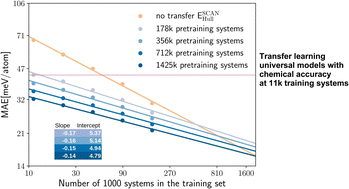Digital Discovery, 2023, 2,1269-1288
DOI: 10.1039/D3DD00023K, Paper
DOI: 10.1039/D3DD00023K, Paper
 Open Access
Open Access This article is licensed under a Creative Commons Attribution 3.0 Unported Licence.
This article is licensed under a Creative Commons Attribution 3.0 Unported Licence.Taylor J. Santaloci, William E. Meador, Austin M. Wallace, E. Michael Valencia, Blake N. Rogers, Jared H. Delcamp, Ryan C. Fortenberry
A readily accessible dye molecule with potential properties well-beyond the state-of-the-art for dye-sensitized solar cells is realized from extensive quantum chemical characterization of nearly 8000 stochastically-derived novel molecules.
The content of this RSS Feed (c) The Royal Society of Chemistry
A readily accessible dye molecule with potential properties well-beyond the state-of-the-art for dye-sensitized solar cells is realized from extensive quantum chemical characterization of nearly 8000 stochastically-derived novel molecules.
The content of this RSS Feed (c) The Royal Society of Chemistry











